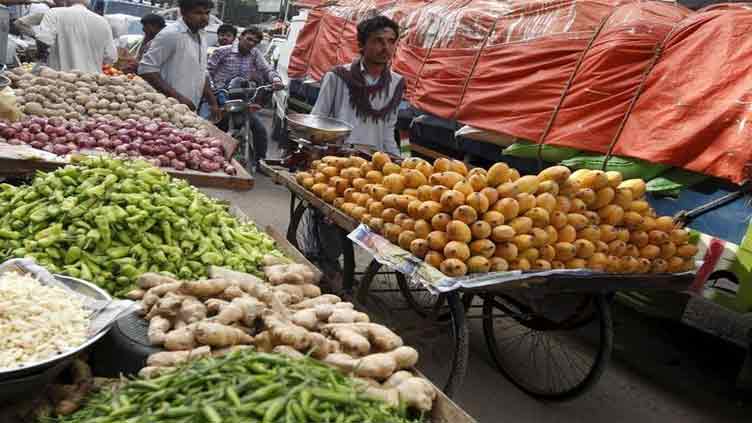Pakistan vulnerable to inflation, high interest rate, rupee depreciation, low GDP

Business
Finance ministry also highlights debt, poor performance of SOEs, delay in reforms as risks
ISLAMABAD (Web Desk) – Pakistan remained vulnerable to key macroeconomic variables – low GDP growth, high interest rates, skyrocketing inflation and the depreciating exchange rate – the Ministry of Finance says, while also noting debt and the state of affairs concerning the state-owned enterprises (SOEs) as the main risks to Pakistan’s fiscal outlook.
In latest Fiscal Risk Statement, the ministry also mentions the delay in implementing structural measures to reduce debt and to reform the power sector in the list amid the rising circular debt.
It says that the pace of economic activity during the last fiscal year was significantly constrained due to demand compression measures, losses in agricultural production caused by floods, uncertainty regarding the resumption of the IMF programme, the difficulty in meeting external financing needs and maintaining foreign exchange reserves.
The ministry says that the inflation outlook has deteriorated, and there is heightened risk to external stability with the uncertainty surrounding the future adjustment path in energy prices being the main upside risk to the inflation outlook.
About external debt, the statement notes that it constitutes 40.8 per cent of total public debt, which may make the government’s fiscal position vulnerable in the face of high current account deficits, low foreign exchange reserves, and a weakening exchange rate.
“A lack of foreign exchange reserves coupled with large external payments has resulted in liquidity issues and destabilized the exchange rate and domestic interest rates, further increasing the burden of external loans that are measured in local currency.”
Ongoing fiscal deficits require refinancing of the government’s maturing debt while raising additional debt to fulfil the fiscal shortfall. A high level of short-term debt creates potentially significant refinancing challenges during periods of slower economic growth, higher fiscal deficits, and/or lower investor confidence.
The ministry has noted that federal government exposure to SOEs, in the form of outstanding stock of loans and guarantees, stood at 9.7 per cent of GDP in 2020-21, and public and publicly guaranteed debt stock reached 78.4pc of GDP at the end of 2021-22.
It said the external debt, which entailed currency risk, constituted about 37pc of the total public debt. The fixed-rate debt portfolio has decreased in recent years and currently stands at only 26pc of total public debt, increasing refinancing risks. Furthermore, the average time to maturity of domestic debt was 3.6 years for FY22.
Amid challenges emanating from global factors — supply chain issues, inflationary trends and prolonged Russia-Ukraine war — the report said the hikes in the central bank’s policy rate to fight inflation continue to weigh on economic activity.
The inflation rate in Pakistan has been volatile in recent years, influenced by various factors such as currency devaluation, energy, and food prices in the global market.
“The Pakistani rupee has experienced significant depreciation in recent years, influenced by various risk factors such as trade imbalances, external debt, political instability, and global economic conditions”.
Another source of fiscal risk is reflected in Pakistan’s exposure to floating debt, making it vulnerable to increase in borrowing rates that may arise due to unfavourable economic conditions. The share of a fixed rate in domestic debt was 26pc and around 70pc in external debt.


